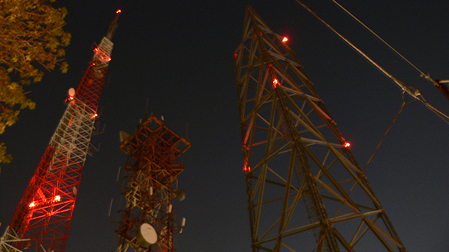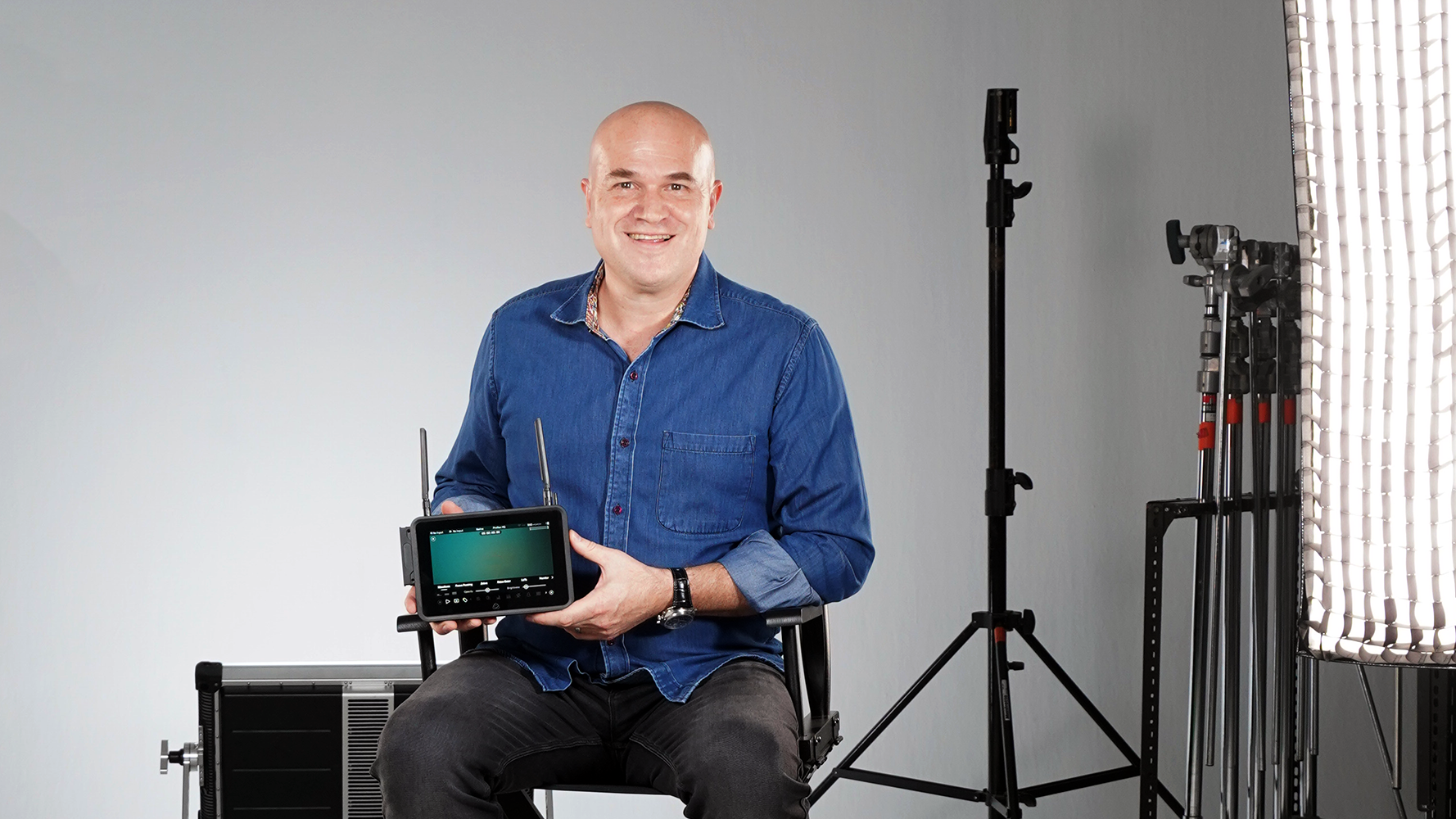NTA Opposes FCC’s DTS Rule Proposals
Says expanding DTS reach would negatively impact hundreds of stations

WASHINGTON—The National Translator Association has come out against the recent FCC proposal to expand Distributed Transmission Systems (DTS), saying that it would cause significant interference to hundreds of stations.
The NTA comments were filed on June 12 in response to the FCC’s Notice of Proposed Rulemaking that would allow for new and expanded uses of DTS. A number of organizations, including the NAB and APTS, have supported the NPRM, saying that it would help with the deployment of ATSC 3.0 and enhance “localism,” particularly in more remote areas.
NTA, however, believes that translators and low power TV stations are already qualified to handle these tasks.
“Translators and LPTV stations already cover Rural America, so it is easy for us to just add a station to deliver “Next Gen” signals, providing the coverage contours are adjusted to meet needs and that no interference is generated from full power DTS stations seeking to ‘bend’ beyond their contour impacting Class A, translator and LPTV stations,” said John Terrill, NTA president.
NTA says that proponents of DTS have acknowledged that interference would be a result of the move and that it would be “dramatic” and “unavoidable” for the development of next-gen television.
NTA countered with three key points:
- NTA cannot think of any justification for one station interfering with another outside of its service contour, especially if it is importing programming intended for markets over 121 kilometers distant.
- The impact signals would most likely be a competitor’s signal.
- The proposal is not clear as to where the standards bend. If it is in a crowded major market such as Los Angeles, Denver or Salt Lake City, where terrain plays a major part in coverage, the impact on the public living in the mountains can be significant.
An alternative proposed by the NTA is that a DTS station file with the FCC for a next-gen very lower power translator or another open frequency, “with injury toward none.”
Get the TV Tech Newsletter
The professional video industry's #1 source for news, trends and product and tech information. Sign up below.
In addition, NTA proposes a new filing window for a “Next Gen” station to be added to the market, what it calls an easy and low cost fix using present transmission sites, providing more rural internet service and fix remaining repack problems.
The complete comments can be found on the FCC’s ECFS.
